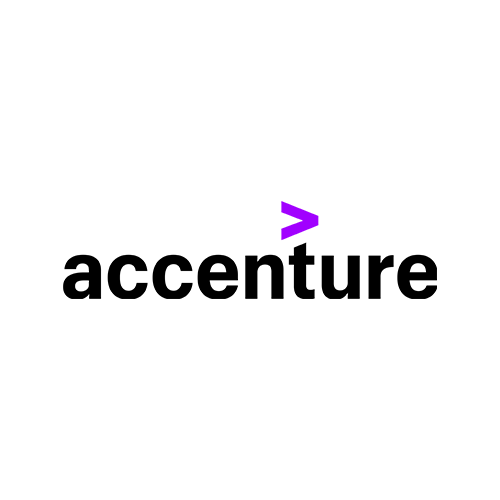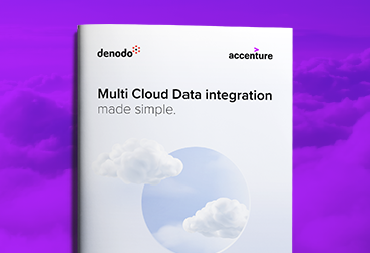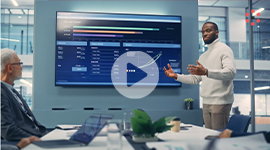Data-led transformations are becoming more prevalent in recent years, across numerous industries. More and more senior leaders are looking for data to drive their business decisions and impact their bottom line. One key challenge facing such businesses is the ability to pivot to new technologies while maintaining investments in legacy systems they have grown to rely on. In an age where automation, internet-scale search, and advanced analytics are driving many new advances, it is important to understand that this is not only a pivot in terms of technologies, it is a pivot in terms of how we think about and utilize data of different types. Traditional systems since the 1970’s have been built around database concepts where data is physically pipelined, mapped together, statically modeled, and locked away in vaults. The types of vaults have evolved over time from basic databases, to data warehouses, to data lakes, to lake houses, and so on.
The fundamental premise remains: data is placed into sealed containers, such that the critical approach is around storage, instead of being aimed at retrieval. Reversing this approach can, instead, lead to understanding data as transient, on-demand, and immediately available to end users within a certain context. This talk will discuss certain contemporary concepts that are expanding the notion of data storage devices and, instead, are moving to loosely connected data retrieval devices, or in some cases, data generation devices. We will examine this shift in approach and what it means for designing and deploying new types of technologies that can be more flexible and provide improved business value for clients in the fast-paced evolving world of Artificial Intelligence.





